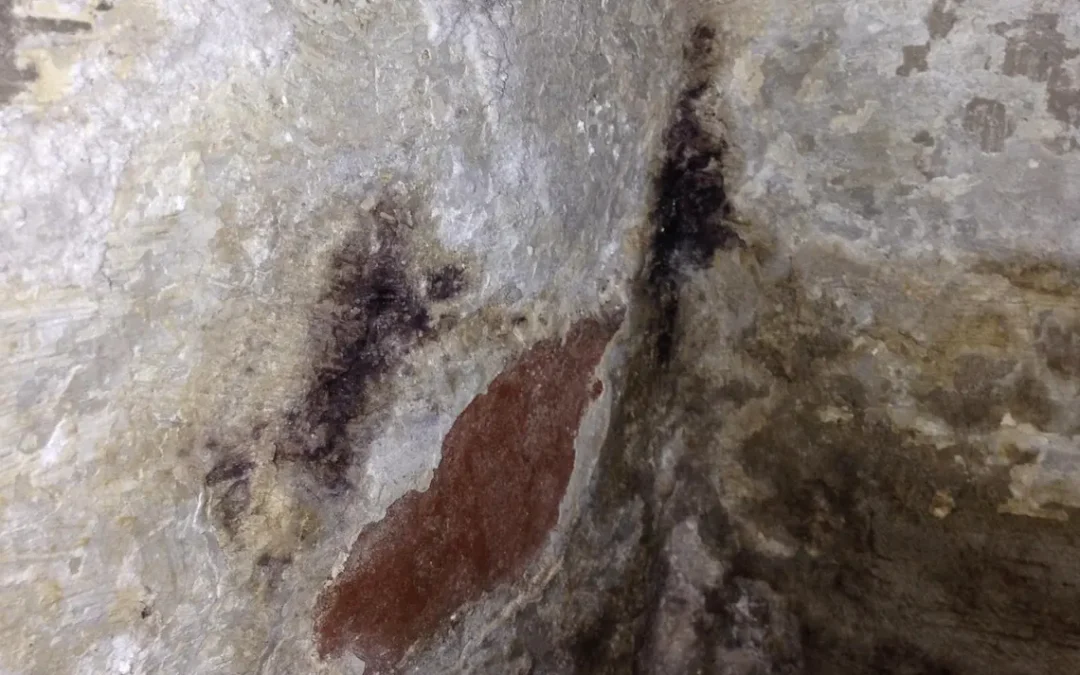A persistent musty odor in crawl space can quickly spread into your home, making indoor air unpleasant and unhealthy. If you’re dealing with a crawl space odor problem, finding the best crawl space odor eliminator is essential. For homeowners in Long Island, Brooklyn, and Queens, professional solutions can ensure lasting freshness while improving overall air quality.
Understanding the Causes of Crawl Space Odor
Crawl spaces are particularly vulnerable to odors due to excessive moisture, mold growth, and inadequate ventilation. The most common causes include:
- High Humidity & Moisture – Trapped moisture creates the perfect environment for mold and mildew, leading to a musty odor in crawl space.
- Mold & Mildew Growth – Mold spores thrive in damp environments and produce foul-smelling odors that seep into your home.
- Poor Drainage – Standing water or constantly damp soil contributes to moisture buildup and persistent odors.
- Rodents & Pest Infestations – Droppings, urine, and decomposing organic material from pests can contribute to unpleasant smells.
- Ventilation Issues – A lack of airflow allows stale air to accumulate, intensifying the odor problem.
How to Eliminate Crawl Space Odor
Eliminating crawl space odor requires a comprehensive approach that includes professional intervention and preventative measures. Below are the most effective strategies for tackling crawl space odors:
1. Crawl Space Encapsulation & Waterproofing
Encapsulation involves sealing the crawl space with a vapor barrier to prevent moisture intrusion. This method significantly reduces humidity levels, discouraging mold growth and eliminating musty smells. Waterproofing systems, such as sump pumps and French drains, further protect against water damage and moisture buildup.
2. Professional Mold & Mildew Removal
Mold remediation services effectively eliminate mold colonies that cause odors and damage air quality. Professional treatments include antimicrobial applications, HEPA vacuuming, and structural drying to prevent regrowth.
3. Dehumidifier Installation
Installing a dehumidifier in your crawl space helps regulate moisture levels, ensuring that conditions remain too dry for mold and mildew to thrive. This is a long-term solution for maintaining air quality and preventing musty odors from returning.
4. Improving Crawl Space Drainage
Proper drainage solutions, such as grading adjustments, sump pump installations, and drain tile systems, help prevent water accumulation under your home. Addressing drainage issues minimizes the risk of standing water, reducing odor sources.
5. Upgrading Ventilation Systems
Improving airflow in your crawl space can help remove stale air and excess humidity. Ventilation upgrades, such as adding mechanical fans or air exchange systems, promote air circulation and prevent odor buildup.
6. Using Odor Absorbers & Cleaning Agents
While not a permanent solution, odor-absorbing products such as activated charcoal, baking soda, and specialized deodorizers can temporarily mask crawl space odors. However, these should be used in conjunction with other methods to ensure long-term effectiveness.
Effects of a Musty Crawl Space on Health
A musty crawl space is bad for health because it can significantly impact indoor air quality and create an environment that promotes respiratory issues and other health concerns. Here’s why:
1. Mold and Mildew Exposure
Musty odors are often caused by mold and mildew, which release airborne spores that can trigger allergic reactions, asthma attacks, and respiratory infections. Prolonged exposure can lead to chronic sinus issues, throat irritation, and skin problems.
2. Poor Indoor Air Quality
Crawl spaces are connected to the rest of your home through a phenomenon called the stack effect—as warm air rises, it pulls in air from the crawl space. If the crawl space is full of mold spores, dust, and other pollutants, they will circulate throughout your home, affecting the air you breathe daily.
3. Increased Humidity and Dust Mites
High moisture levels encourage dust mite infestations, which are a common trigger for allergies and asthma. Humidity can also make it easier for bacteria and viruses to thrive in your living environment.
4. Pest and Rodent Contamination
A damp, musty crawl space can attract pests and rodents, which leave behind droppings, urine, and decaying organic material. These contaminants release harmful bacteria and airborne toxins that can contribute to illnesses.
5. Potential for Toxic Gases
Excessive moisture can cause wood rot and breakdown of organic materials, leading to the release of volatile organic compounds (VOCs) and even dangerous gases like radon, which is linked to lung cancer.
6. Weakening of Structural Integrity
Over time, unchecked moisture and mold can weaken wooden beams and flooring, creating potential safety hazards. This could lead to structural damage that might cause stress and financial strain in addition to health risks.
How to Protect Your Health
Sealing, dehumidifying, and waterproofing your crawl space can prevent these issues, keeping your home’s air fresh and safe. If you suspect mold or musty odors in your crawl space, professional remediation is the best course of action.
Choose the Best Crawl Space Odor Eliminator for Your Home
For homeowners in Long Island, Brooklyn, and Queens, professional crawl space services are the key to permanently eliminating unpleasant odors. Zavza Seal LLC offers expert solutions, including waterproofing, mold remediation, ventilation improvements, and drainage system upgrades.
A musty crawl space shouldn’t compromise your indoor air quality or comfort. If you’re struggling with persistent crawl space odors, contact Zavza Seal LLC today to schedule an inspection and restore freshness to your home!
Related Blog Posts:
- How Long Does the Restoration Process Take for Homes With Water Damage?
- What to Do If Your Home Has Water Damage?
- Signs of Water Damage in the Basement Walls
- Water Damage & Mold: Everything You Need To Know in 2023
- Things You Should Know About Water Damage
- Who Do I Call After My House Has Water Damage Restore?
- What Causes Water Damage to Floors and Walls
Related Services:
Our service areas:
Get A Free Estimate

